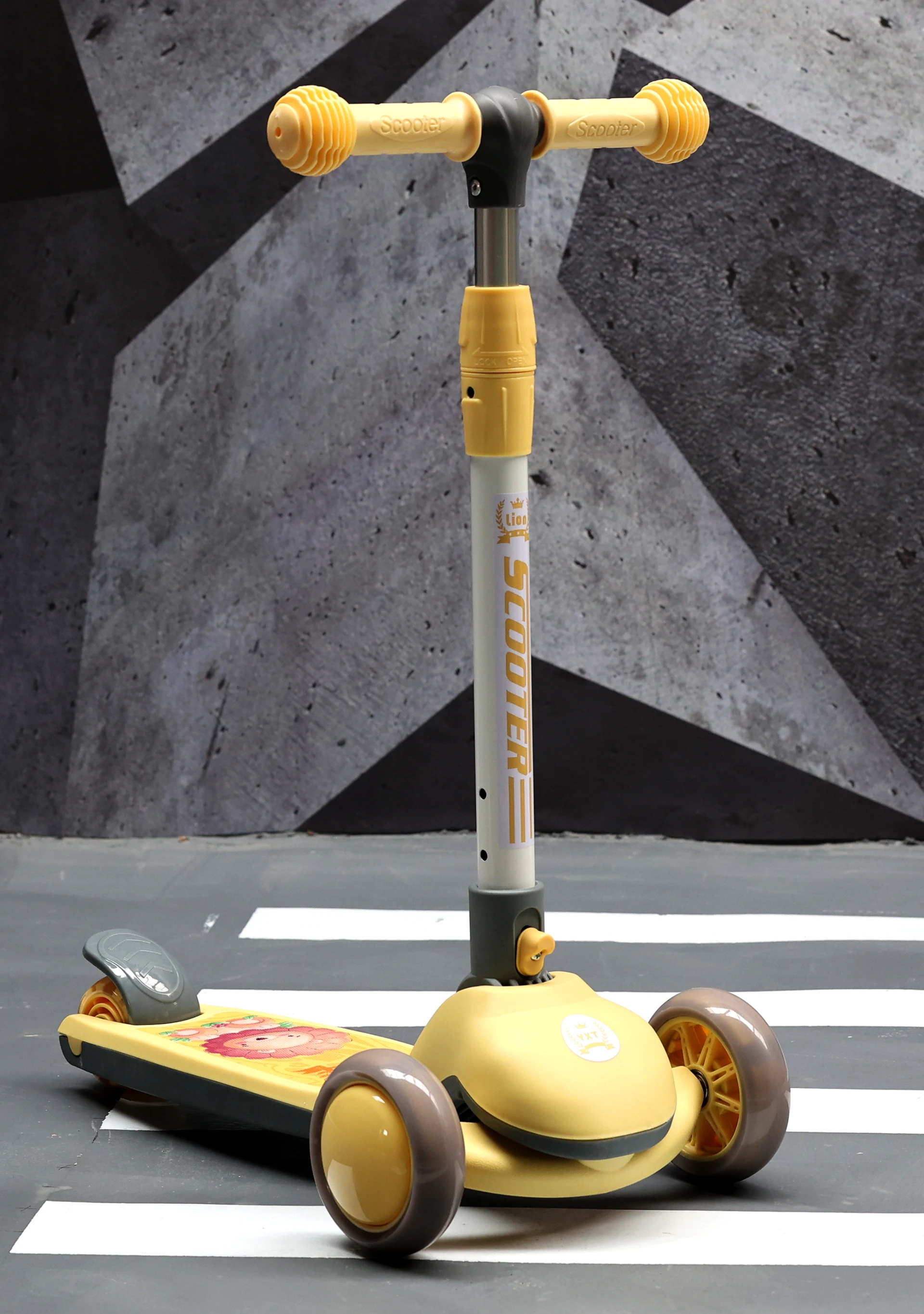Exploring Various Categories and Styles of Mountain Bicycles for Every Terrain
The Different Types of Mountain Bikes
Mountain biking is an exhilarating outdoor activity that appeals to adventure seekers and fitness enthusiasts alike. The diverse terrain of mountains, trails, and forests presents a unique set of challenges that requires specialized equipment. Mountain bikes come in various types, each designed to tackle specific kinds of terrain and riding styles. Understanding these differences can help you choose the best bike suited for your riding adventures.
1. Cross-Country (XC) Bikes
Cross-country bikes are designed for speed and efficiency on both climbs and descents. They are typically lightweight, with a minimum amount of suspension travel, usually between 80mm to 120mm. XC bikes are ideal for racing and long rides on well-maintained trails. They often feature a more upright geometry, making them comfortable for longer distances. Riders who enjoy endurance events or fast-paced rides on smooth terrain will find XC bikes to be the most suitable option.
2. Trail Bikes
Trail bikes strike a balance between cross-country efficiency and downhill capability. With suspension travel ranging from 120mm to 150mm, these bikes can handle a broader range of terrain, including technical trails, moderate drops, and rocky paths. The geometry of trail bikes is designed for stability, allowing riders to tackle descents with confidence while still being effective on climbs. Trail bikes are versatile, making them a popular choice for all-mountain riding.
All-mountain bikes, also known as enduro bikes, are built for aggressive riding on varied and rugged terrain. With suspension travel between 140mm and 180mm, these bikes can absorb significant impacts and technical features, making them suitable for steep descents and challenging trails. The geometry of all-mountain bikes is designed for a more aggressive riding position, helping riders maintain control during fast descents. They are perfect for those who enjoy descents and are willing to sacrifice some climbing efficiency for downhill performance.
the different types of mountain bikes

4. Downhill Bikes
Downhill bikes are specifically engineered for one purpose descending mountains at high speeds. With long suspension travel (typically 180mm to 220mm), these bikes are equipped to absorb the most challenging terrains and provide maximum stability during high-speed descents. They have a rugged build, with thicker tires and reinforced frames. Downhill biking requires riders to use lifts to access trails, as these bikes are not designed for climbing. They appeal to thrill-seekers and competitive riders looking to conquer downhill courses.
5. Dirt Jump Bikes
Dirt jump bikes are compact and robust, designed for performing tricks and jumps on dirt tracks or ramps. Typically, they feature a single gear and no suspension or minimal front suspension. These bikes have a sturdy build to withstand impacts from jumps and hard landings. The geometry promotes an upright position, making it easier for riders to maneuver during tricks. Dirt jump bikes are popular among riders who enjoy freestyle riding and urban tricks.
6. Fat Bikes
Fat bikes are characterized by their oversized tires, providing extra traction and stability on soft terrain such as snow, sand, or mud. These bikes typically have frames designed to accommodate the wide tires, often ranging from 3.7 inches to over 5 inches in width. Fat bikes are ideal for riders who want to explore areas that are inaccessible with regular mountain bikes. They offer a unique riding experience and open up new possibilities for adventure, especially in winter conditions.
Conclusion
Choosing the right mountain bike is essential for enhancing your riding experience. Each type of mountain bike serves a specific purpose, catering to different styles of riding and terrain challenges. Whether you prefer the speed of cross-country riding or the adrenaline of downhill biking, there's a bike out there that suits your needs. By understanding the various types of mountain bikes, you can make an informed decision and embark on countless thrilling adventures in the great outdoors. Remember, the right bike not only enhances your performance but also maximizes your enjoyment on the trails.
-
Three-Wheel Light-Up Scooter Benefits for KidsNewsJul.11,2025
-
The Importance of Helmet Safety When Using a Kids ScooterNewsJul.11,2025
-
Nurturing Early Mobility with an Infant ScooterNewsJul.11,2025
-
How to Choose the Safest Tricycle for KidsNewsJul.11,2025
-
Fixing a Squeaky Baby Push Tricycle in MinutesNewsJul.11,2025
-
Cleaning and Maintaining a Tricycle for Big KidNewsJul.11,2025
-
Unleash Fun and Safety with Our Premium Kids Scooter CollectionNewsJun.06,2025








